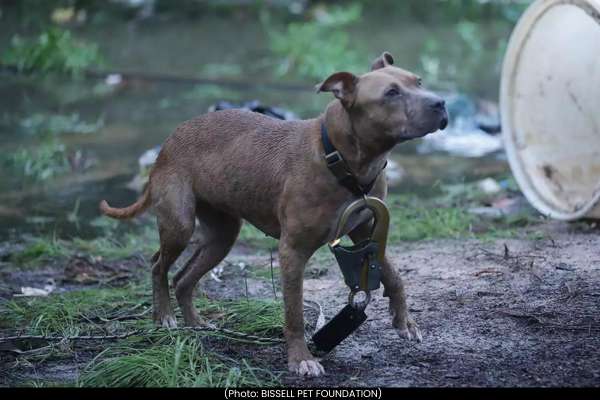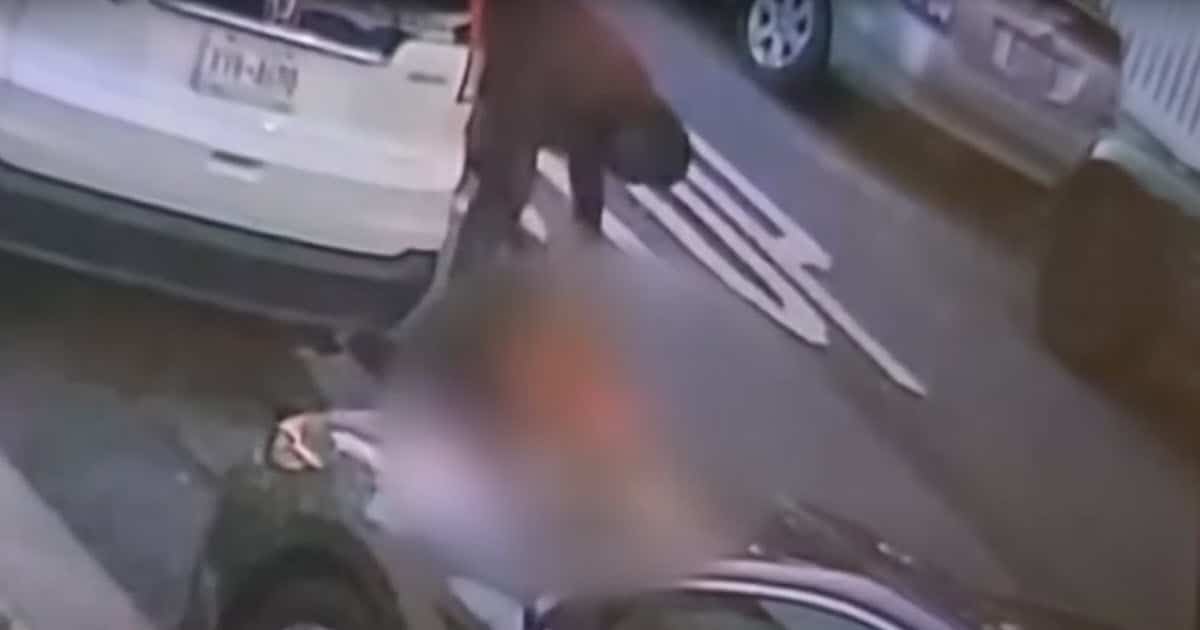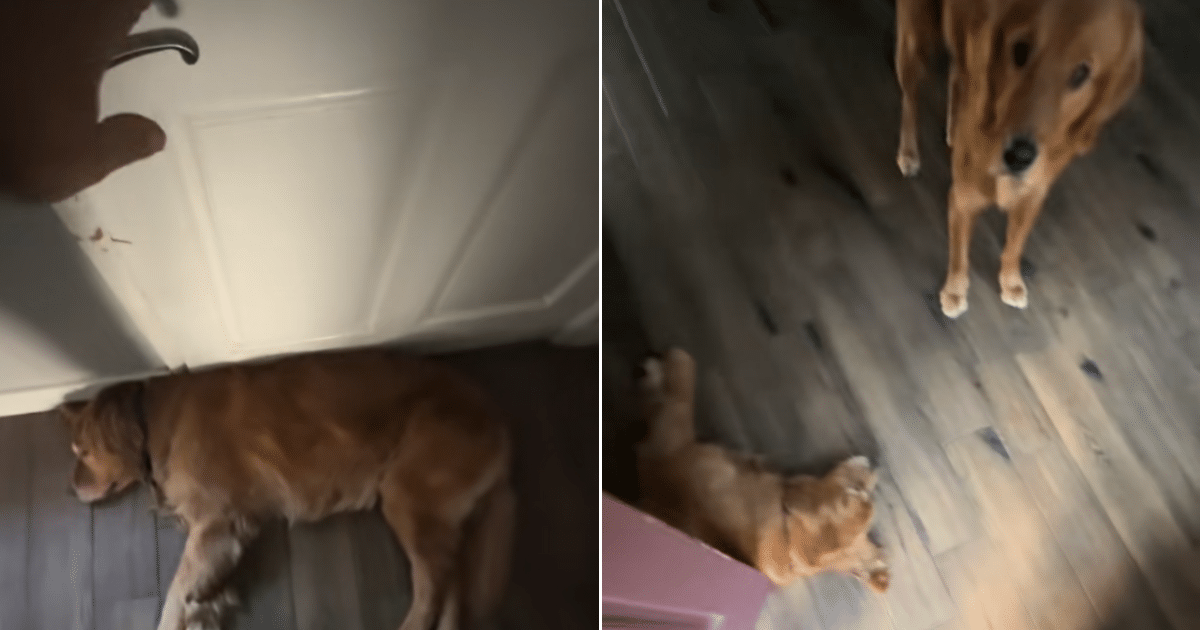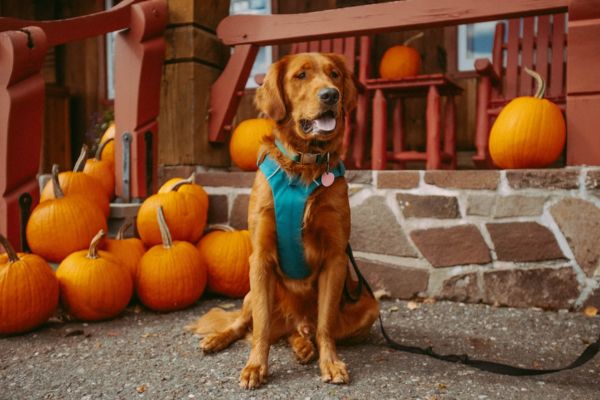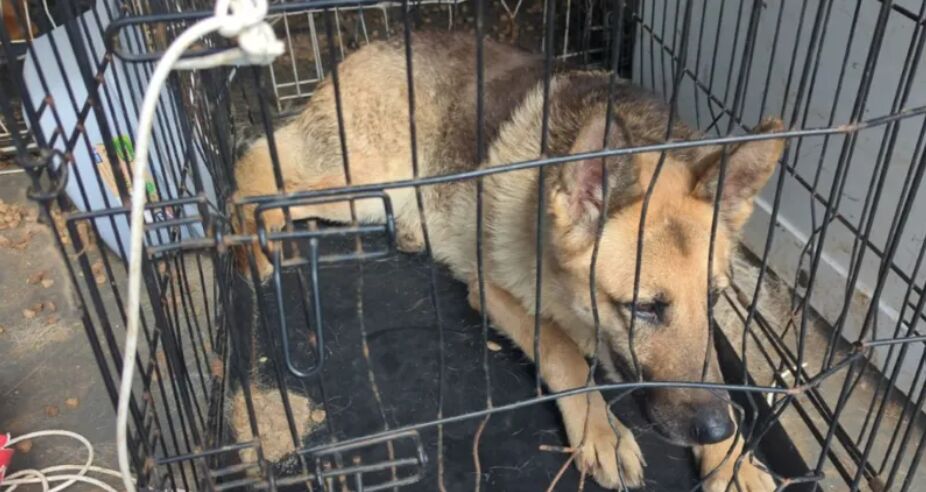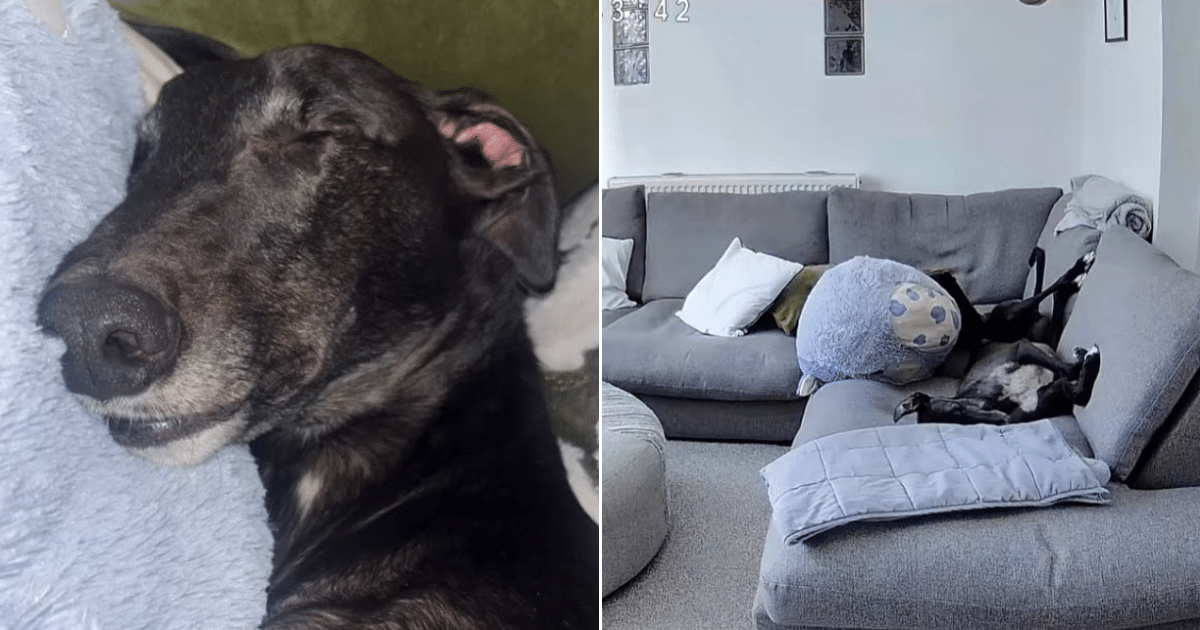In a compassionate and high stakes rescue mission, animal welfare volunteers in Chennai recently carried out a major operation to save a blind stray dog found in dire condition. The rescue underscores the ongoing challenges of caring for vulnerable animals on city streets.
Discovery and Rescue Efforts
The dog was discovered wandering in distress, visibly disoriented and unable to navigate safely. Local residents alerted a nearby animal welfare group, which promptly mobilized a rescue team. Due to the animal’s blindness and frail state, the operation required careful planning. The team approached slowly and used humane traps, sedation, and skilled handling to prevent further injury or distress.
Once captured, the dog was transported to a veterinary facility for full assessment and care. Early medical evaluation confirmed that the canine had lost vision in both eyes and was suffering from multiple associated health problems, including skin infections, malnutrition, and dehydration.
Veterinary Care and Rehabilitation
At the veterinary hospital, the dog was placed under close supervision. The medical team cleaned and dressed the wounds, administered antibiotics, provided fluid therapy, and offered nutritional support. Eye examinations revealed advanced damage to both eyes, making restoration of sight unlikely. The team is now focusing on comfort, pain management, and building the dog’s strength.
Given the dog’s condition, long-term rehabilitation will include physical therapy, training to navigate partial sight or rely on other senses, and behavioral support so it can adapt to a new life with safety and dignity.
Role of Local Animal Welfare Organizations
Chennai’s animal welfare community played a central role in this mission. The Blue Cross of India, a prominent organization based in Chennai, undertakes numerous rescues, shelters, and treatment initiatives for injured, ill, or differently abled strays.
Their network of ambulances, hospitals, mobile units, and volunteer teams enables them to respond to crises at any hour across the city. In this latest mission, their local presence and expertise were crucial to success.
Challenges and Broader Implications
Rescuing blind or severely injured street animals presents multiple challenges: risk of further injury during capture, the cost and duration of medical care, and uncertain rehabilitation outcomes. Many such cases must rely on public support, donations, and volunteering.
This incident highlights the plight of stray animals in urban areas. Blind, disabled, or aged strays are particularly vulnerable to accidents, abuse, dehydration, and starvation. Their rescue and rehabilitation are labor-intensive, but each success story also serves as a reminder of what communities can achieve when compassion and coordination come together.
What Happens Next
The rescued dog will enter a long phase of rehabilitation under the care of veterinary experts and shelter staff. Once its health is stable, the team will explore options for long-term care. Adoption by a compassionate home that can provide assistance with mobility, safety, and veterinary follow-ups is one possibility. If adoption is not viable, the shelter will aim to provide a lifetime home with the necessary support.
Meanwhile, the rescue has sparked renewed calls for city authorities and citizens to strengthen programs for stray-animal welfare, increase funding, and expand shelter facilities. Advocates hope that such high-visibility rescues generate awareness and inspire more responsible action toward urban animals in distress.

